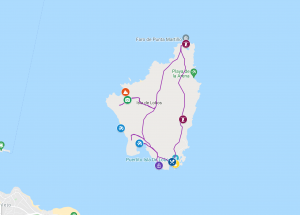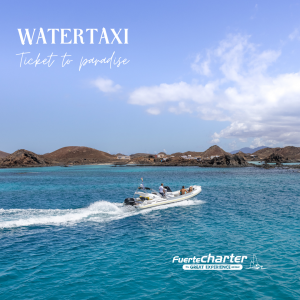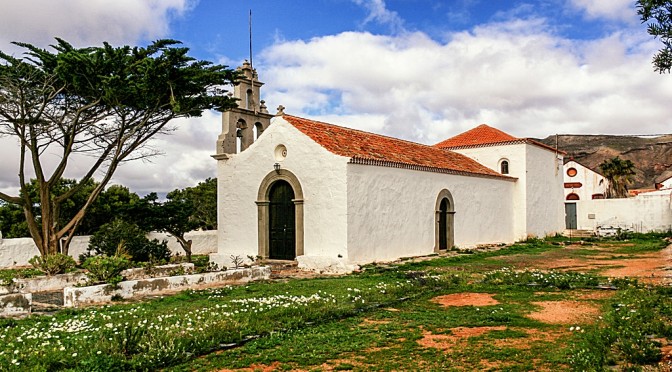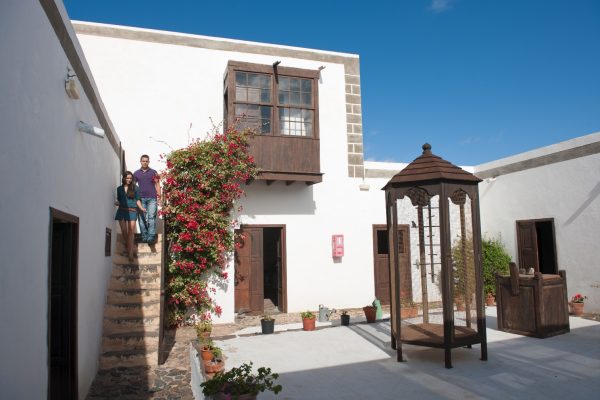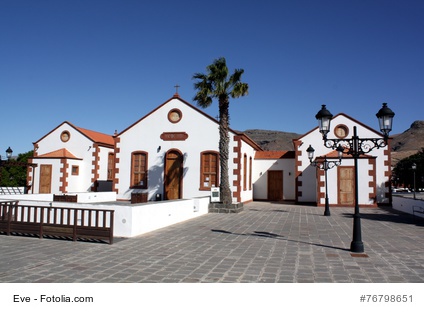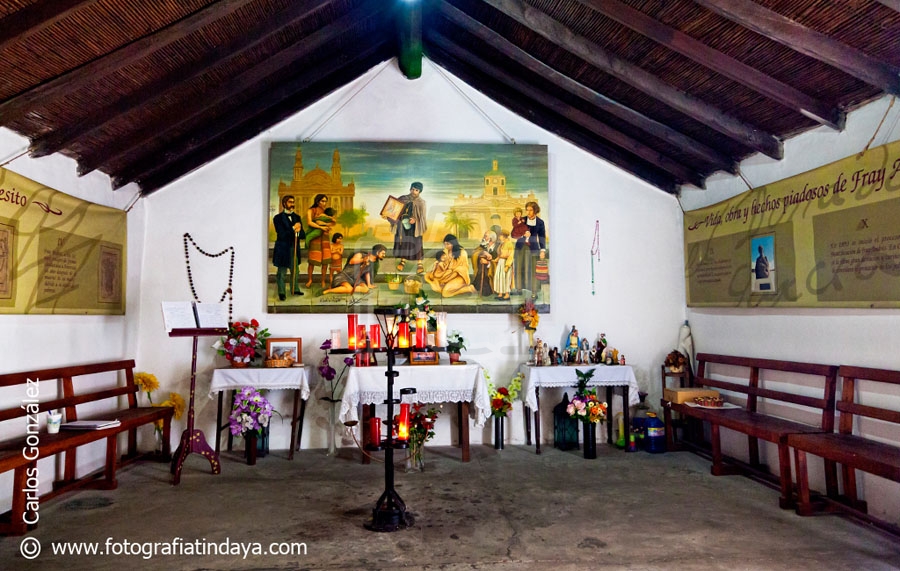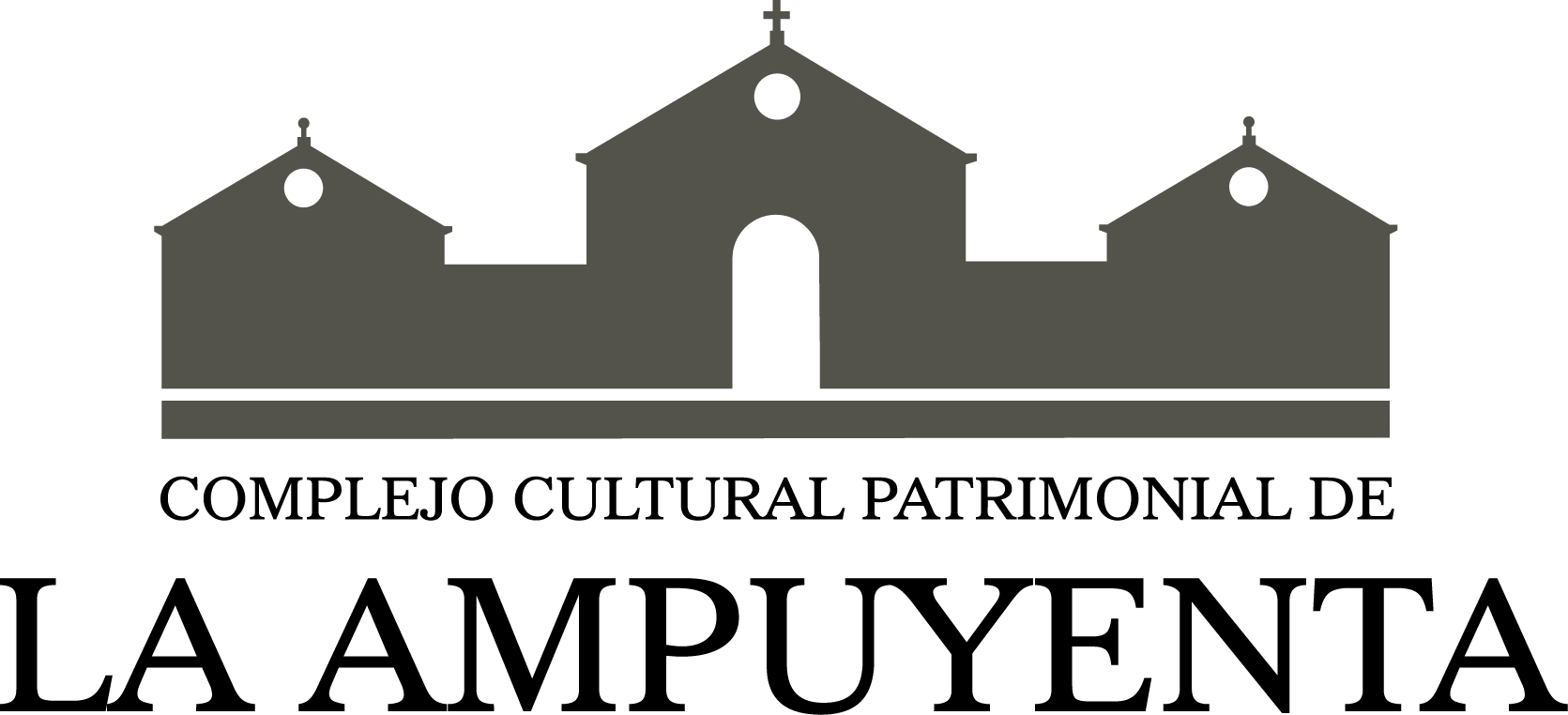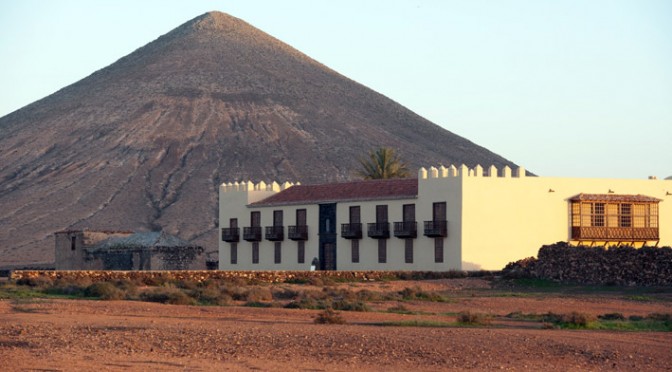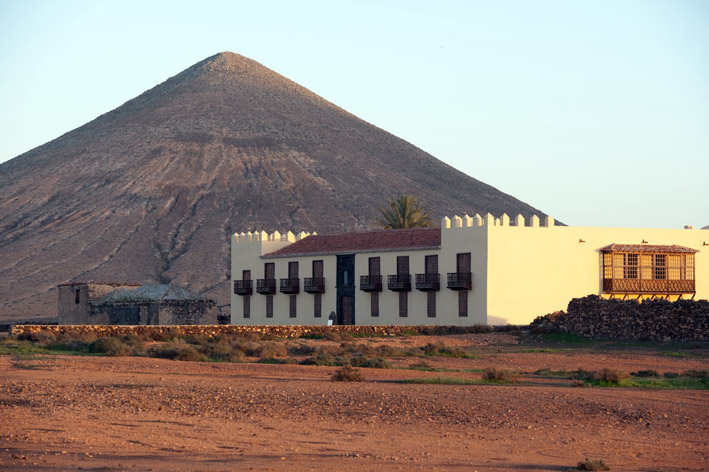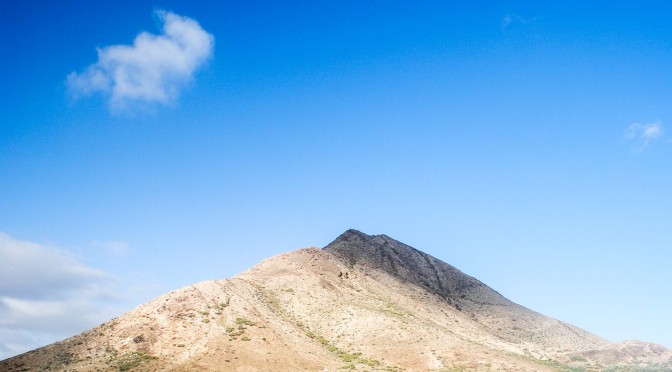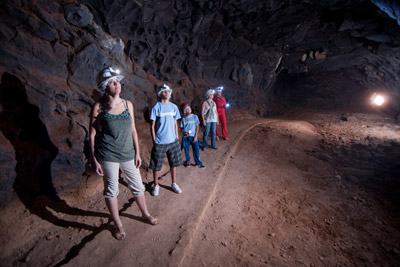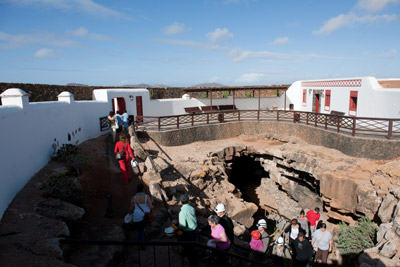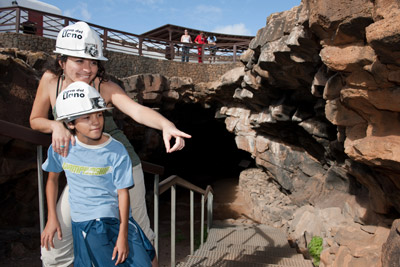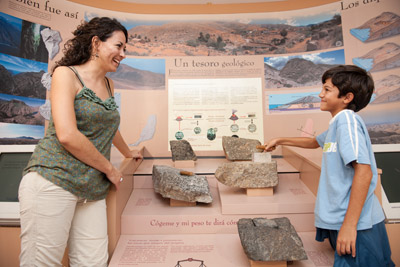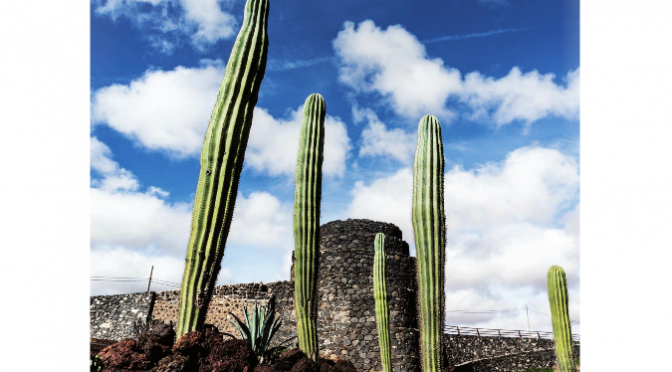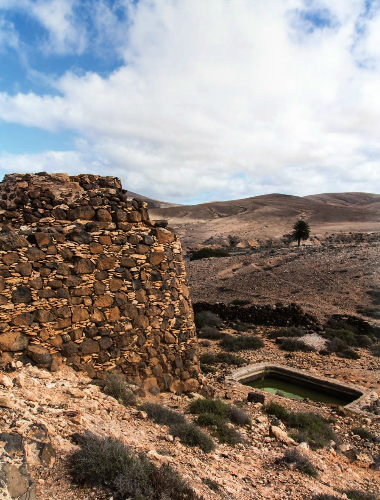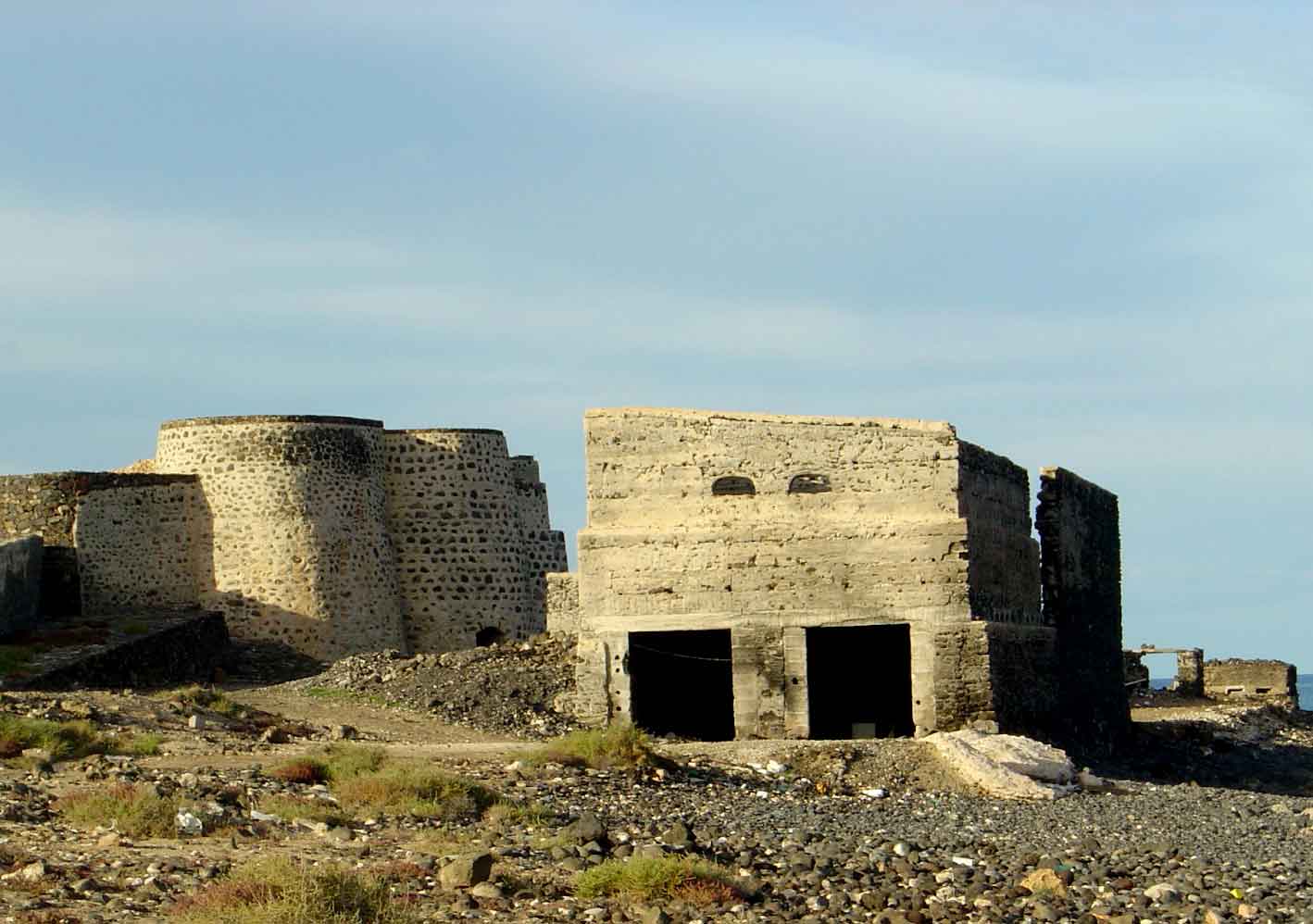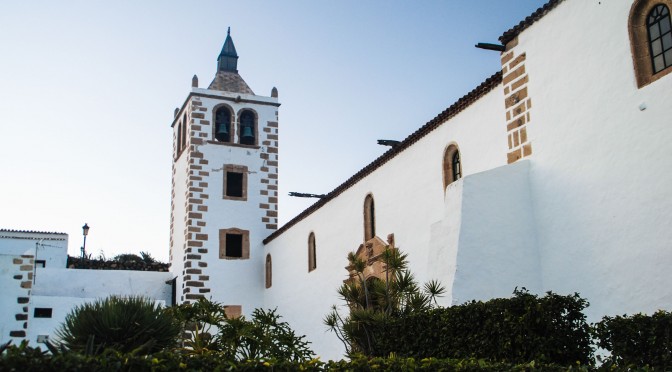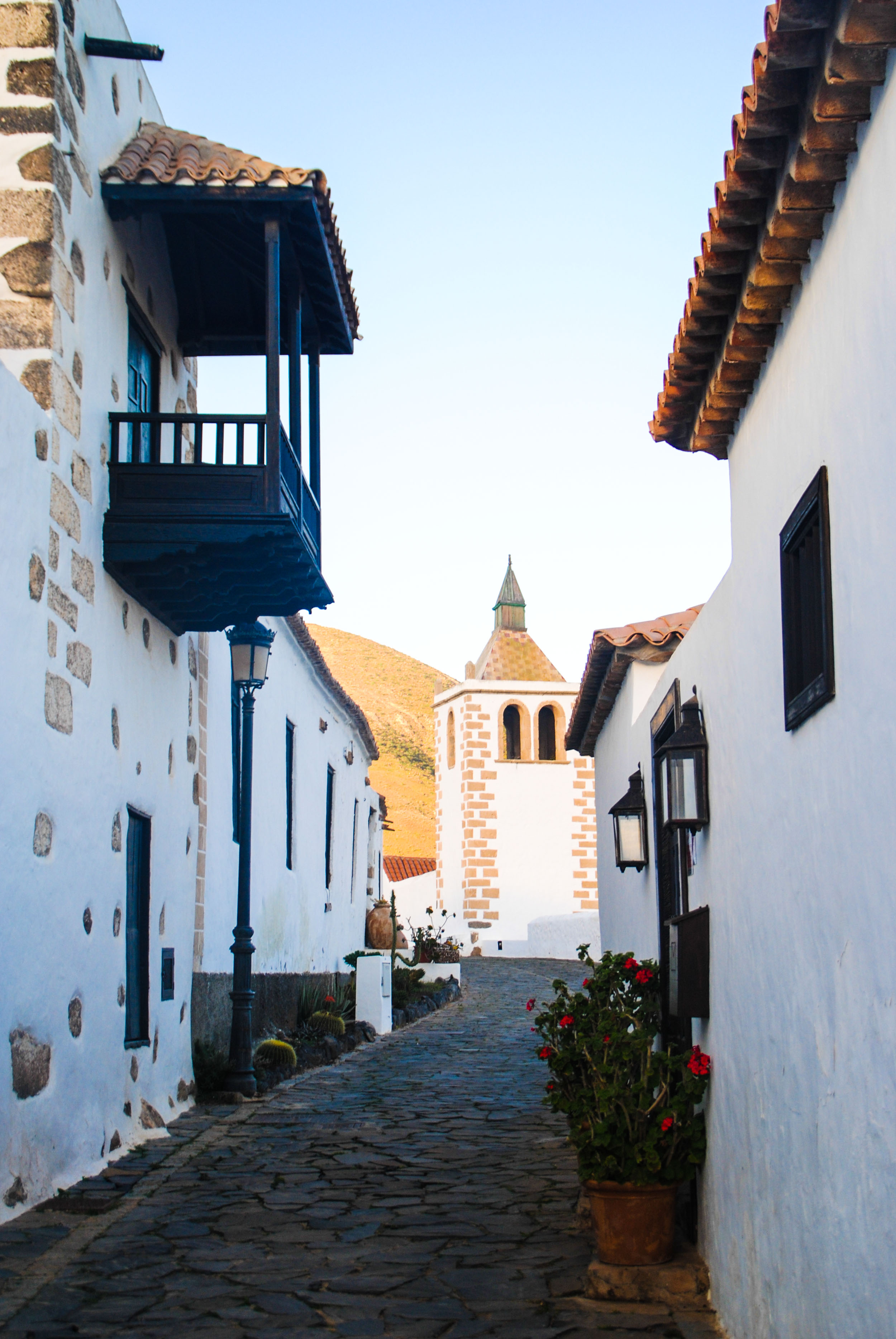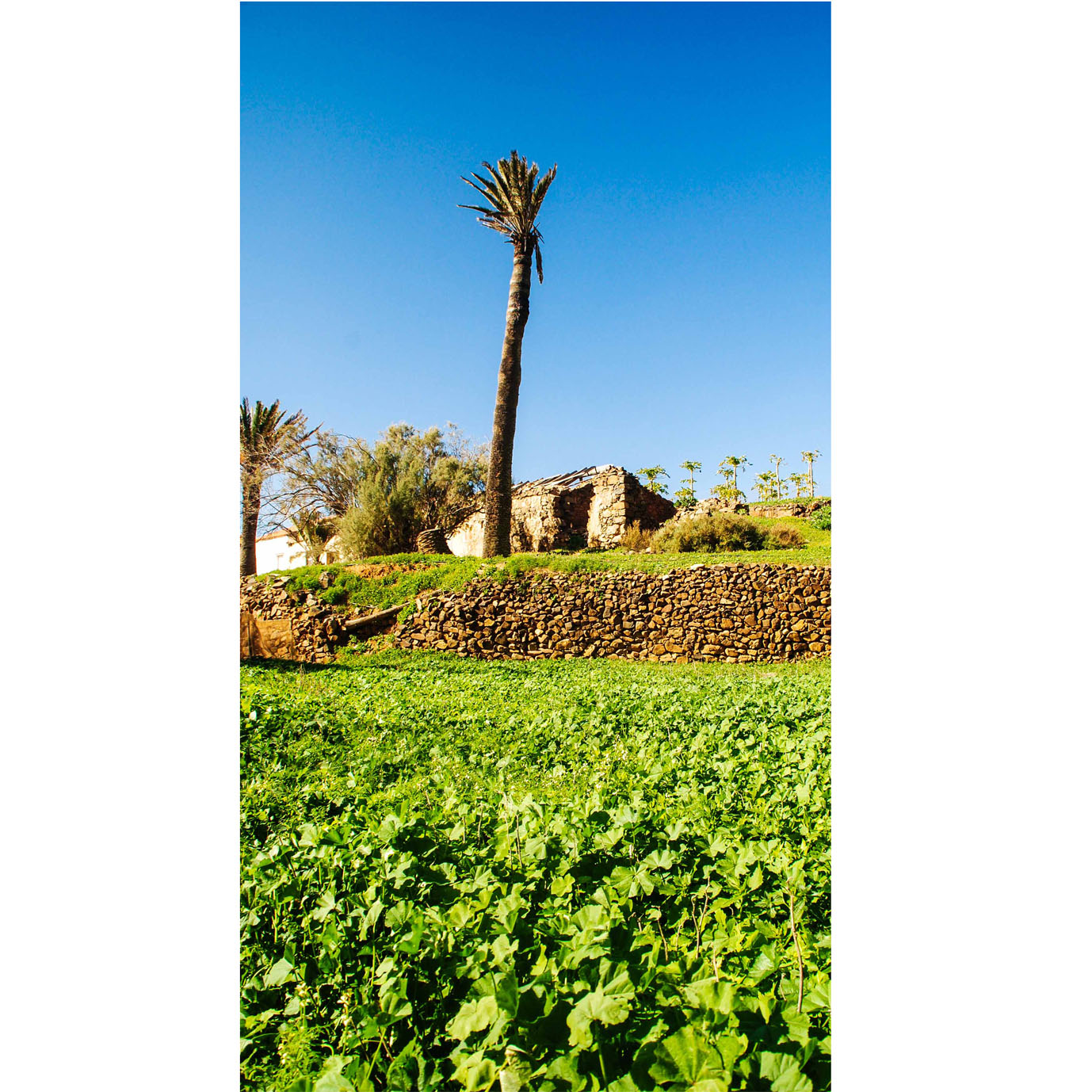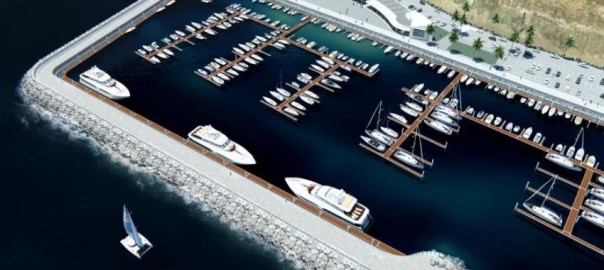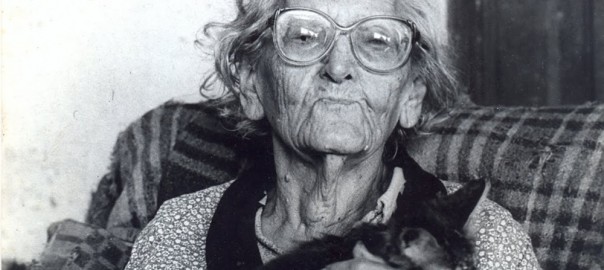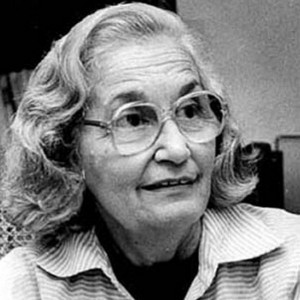From our port, in just ten minutes, we can go to Isla de Lobos. This beautiful island is situated just 2km from Fuerteventura. Nevertheless, we are curious to know, what can be done on this islet? Are there houses? Are there hotels? We are going to discover it taking Water Taxi with Fuertecharter which let´s us visit the island on our own.

Why Water Taxi?
This is the only experience that gives you the freedom to discover this Islet. Isla de Lobos has its own signage to make the trails and roads, so there is no way to get lost. You can perfectly visit it in a single day.
What should you bring with you?
You can bring water, snacks, hats, sunscreen, bikini, towel, snorkel, etc. Everything you want to improve your experience. Put it in a backpack and get on our Water Taxi.
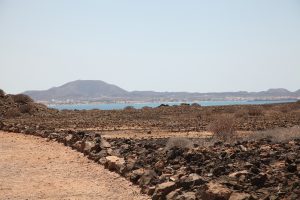
What is the route like?
After a short tour we will arrive at the Lobos dock, where all the boats arrrive. When we get off the boat, we already have the first impressive views and a perfect point to take a couple of outstanding photos.
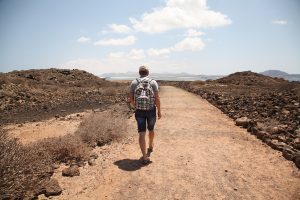
There we can see the east coast of Fuerteventura, with its dunes, great beaches and volcanoes in the background. The color of the water is spectacular.
We follow the path and arrive at the Isla de Lobos Interpretation Center. It is an excellent starting point for the excursion. There we can discover the history of this islet. We do not count any more so that you can discover it on your own.
From the Interpretation Center we turn left and thus we can begin the circular path that will take us to all the important points of the islet. We arrive at Playa de la Concha or La Caleta. It is a spectacular beach with white sand and completely protected by the waves.
The first stop and the next destination
Here we can stop to take a bath, before going to Montaña la Caldera. If you climb this ancient volcano, with a little more than 100 meters high, you will have spectacular views of Lanzarote and Fuerteventura.
Next destination: The Punta Martiño Lighthouse. This lighthouse was officially inaugurated on February 7, 1905. In its creation, basalt stones were used, carried on the back of camels, in wafers and on Majorero donkeys.
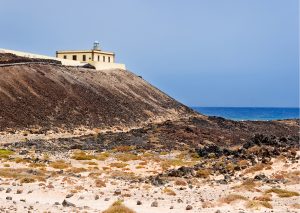
Going down the east coast we pass through Lagunitas. There we can contemplate the natural values of the island: saladares, jables de los hornitos, tabaibales del malpaís and the biodiversity of the vegetation.
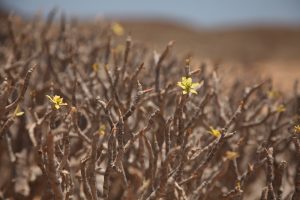
An unforgettable journey
Finally, we arrive at Puertito. There we find some of the most beautiful natural pools in the Canary Islands. The transparent waters of the pools invite us to discover the bottom while snorkeling. Here we can stay for a while to rest and relax, before returning to Fuerteventura.
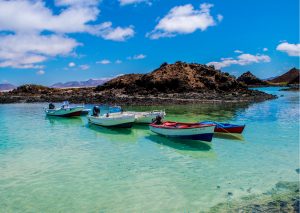
The trail is very easy. In full, you will need about 4 hours to travel the entire island with all the stops. We leave you a small map so that you can see this tour of the Island.
